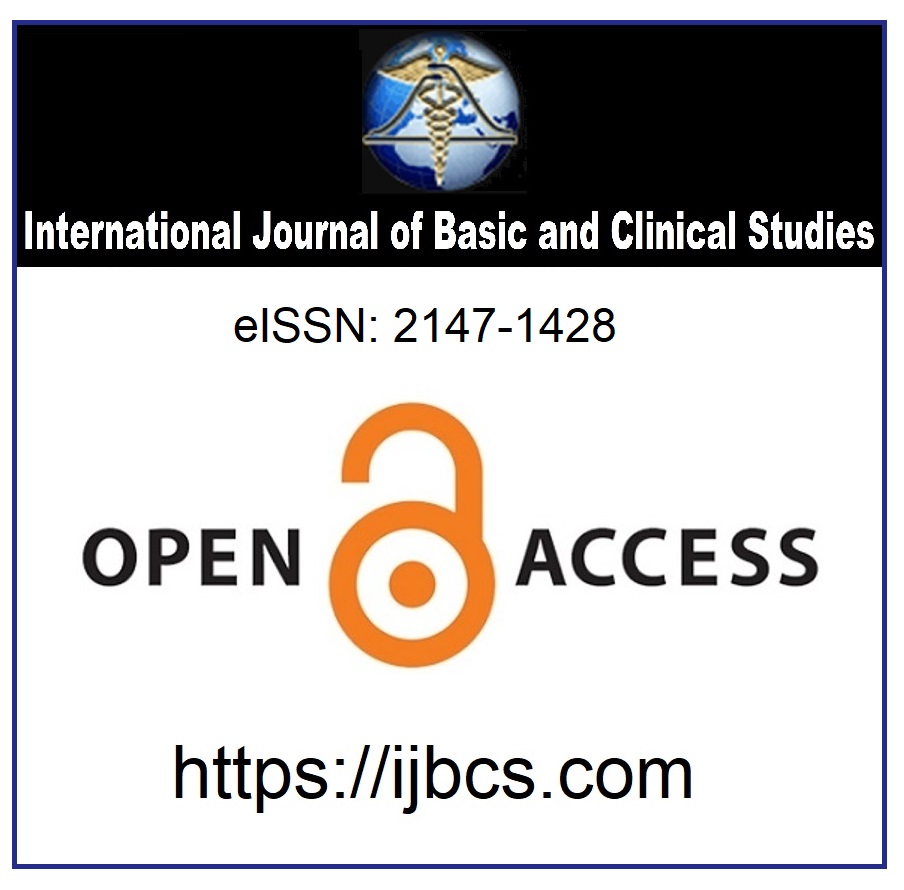Evaluation of TRAIL in Infertil Obese Individuals
Keywords:
Obesity, TRAIL, Gene, InfertilityAbstract
According to the description of the World Health Organization (WHO), obesity is named as the rise in adipose tissue to the extent that it induces negative health-related results. Infertility is described as the lack of pregnancy in a reproductive age couple without using any contraceptive method for at least one year in spite of regular sexual intercourse. Even though alterations in obesity's sperm parameters and impacts on male infertility are multifactorial, they are also related with adult male infertility and are characterized by a decline in sperm and semen quality. Tumor necrosis factor (TNF-α related apoptosisinducing ligand (TRAIL) is a member of the TNF-superfamily, combines pro-apoptotic death receptors DR4-DR5 to induces tumor selective cell death. TRAIL is one of the fas-ligand receptors. This receptor has been appointed in adult human testicles in terms of both mRNA and protein. It is also shown in the literature that TRAIL is expressed in the semen of infertile men. The knowledge about the function of
this gene in men with obesity and infertility status together, and therefore whether it is owing to obesity or infertility will be explained by further studies.
Downloads
Published
How to Cite
Issue
Section
License
Copyright (c) 2020 by the Authors

This work is licensed under a Creative Commons Attribution 4.0 International License.



